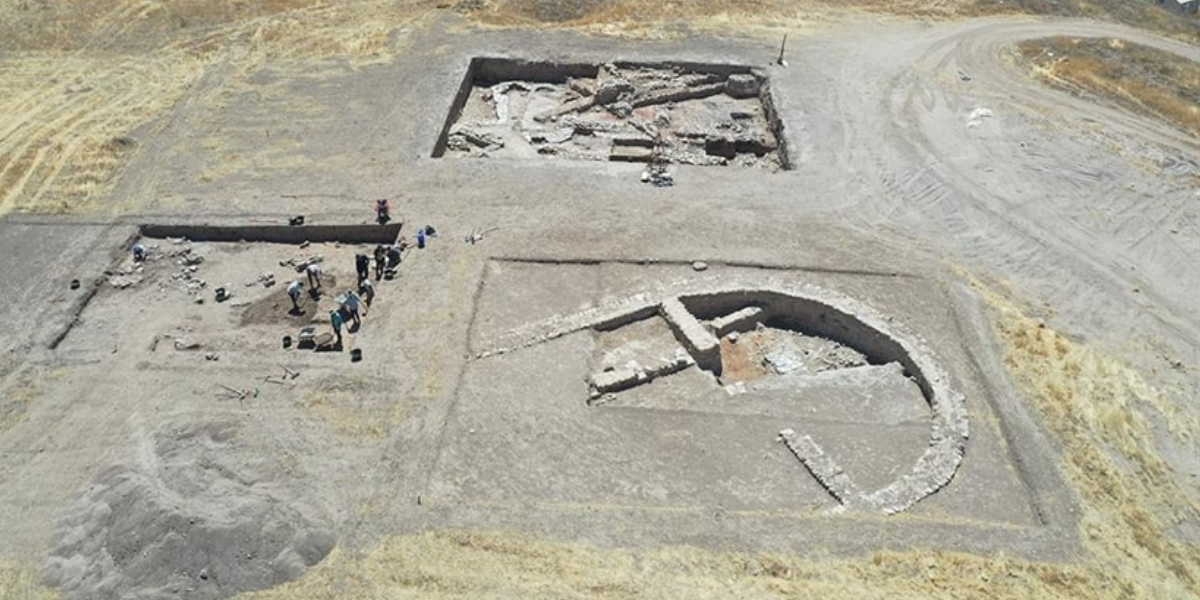
2,800-year-old kilograms of chickpeas, wheat, apricot kernels, grapes and garlic grains found in Yassı Mound
Carbonized chickpeas, wheat, apricot kernels, grapes and garlic grains dating back 2,800 years were found at Yassı Mound in the southern Turkish province of Kahramanmaraş.
Since 2021, excavations at Yassı Mound, led by Assoc. Prof. Elif Baştürk of Ahi Evran University, have shown the existence of nine distinct layers that existed continuously between 6,000 BC and 275 BC.
Head of Excavation Elif Baştürk told AA correspondent that the carbonized agricultural products they found show how far back the agricultural potential and diversity of the region dates back.
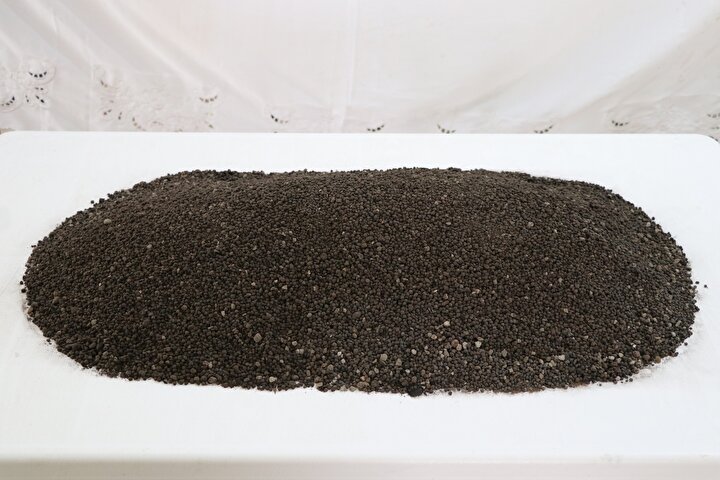
Explaining that they came across finds related to the Late Iron Age and the structures called “Achaemenid (Persian Empire) period” in the literature, Baştürk said, “These structures, which we identified especially just below the Roman layers, consist of rooms placed around a two-unit open courtyard and paved areas where different types of stones were used both inside and outside these rooms.”
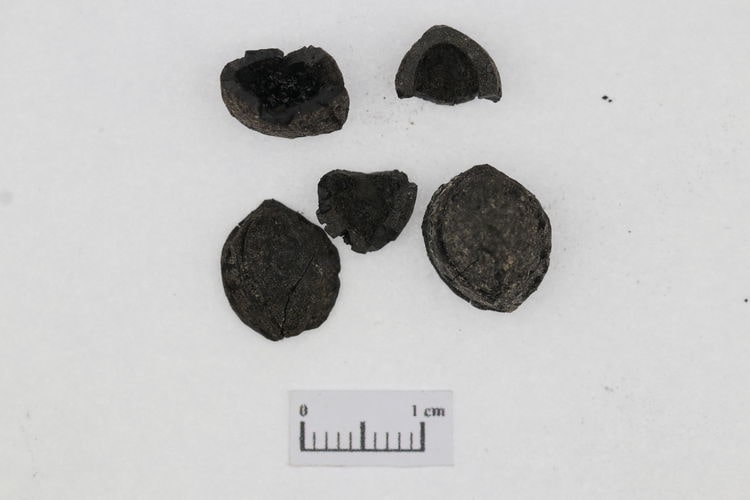
Stating that the findings unearthed from the layers during the excavations and the general characteristics of the architecture provide strong clues that Yassı Mound may have been an administrative center belonging to a local government, Baştürk said, “We can already understand that it was a special structure with these features, but the more important findings for us here are the 8 marble plates made of different stones such as marble, serpentine and harzburjite, which were unearthed in what we call the inner space. The peculiarity of these plates is that they are extremely beautiful, finely crafted and prestige objects, the likes of which are only found in Achaemenid administrative centers or earlier Assyrian palace structures, and which were allocated to the presence or use of a particularly elite group.”
Baştürk said the following about the agricultural findings they uncovered in the region:
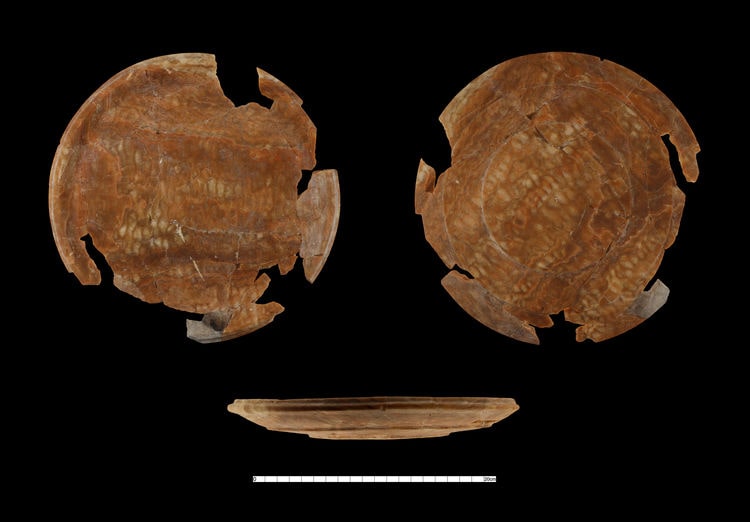
“In the lower levels, which we can date to the beginning of the Late Iron Age and the end of the Middle Iron Age, we found some pits and a faint architecture related to the workshops and storage areas. In one of these pits, 21 kilograms of carbonized chickpea samples were unearthed. These chickpea seeds also contained wheat remains, grape seeds, dried grape seeds on their skins, apricot seeds, and garlic grains. These agricultural findings are important data in terms of showing both the agricultural potential and agricultural diversity of the region. In many excavations, such findings can be found in grains, handfuls or grams. However, such findings of 21 kilograms and more are very rare.”
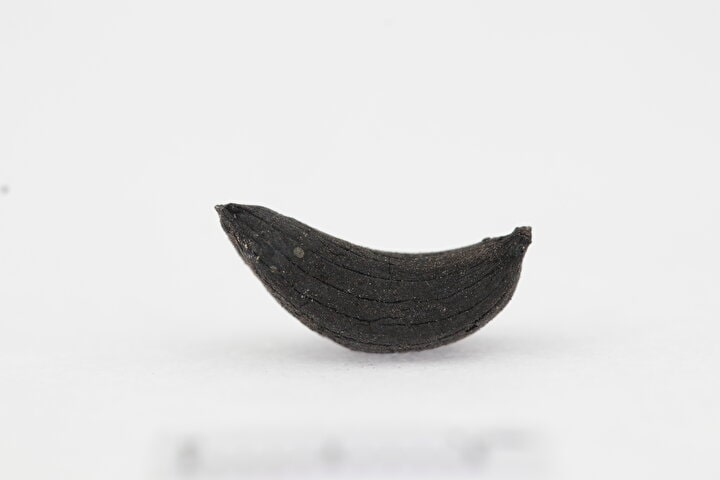
Stating that carbonized garlic grains can show that the production of Koçovası garlic, the geographically marked product of Afşin, can date back to 2,800 years ago, Baştürk said, “It is possible to think that at least in the garlic-related part of this agricultural production, it has been consumed as a special food in the region for 2,800 years.”
Cover Photo: Deniz Doğan/AA
You may also like
- A 1700-year-old statue of Pan unearthed during the excavations at Polyeuktos in İstanbul
- The granary was found in the ancient city of Sebaste, founded by the first Roman emperor Augustus
- Donalar Kale Kapı Rock Tomb or Donalar Rock Tomb
- Theater emerges as works continue in ancient city of Perinthos
- Urartian King Argishti’s bronze shield revealed the name of an unknown country
- The religious center of Lycia, the ancient city of Letoon
- Who were the Luwians?
- A new study brings a fresh perspective on the Anatolian origin of the Indo-European languages
- Perhaps the oldest thermal treatment center in the world, which has been in continuous use for 2000 years -Basilica Therma Roman Bath or King’s Daughter-
- The largest synagogue of the ancient world, located in the ancient city of Sardis, is being restored











Leave a Reply